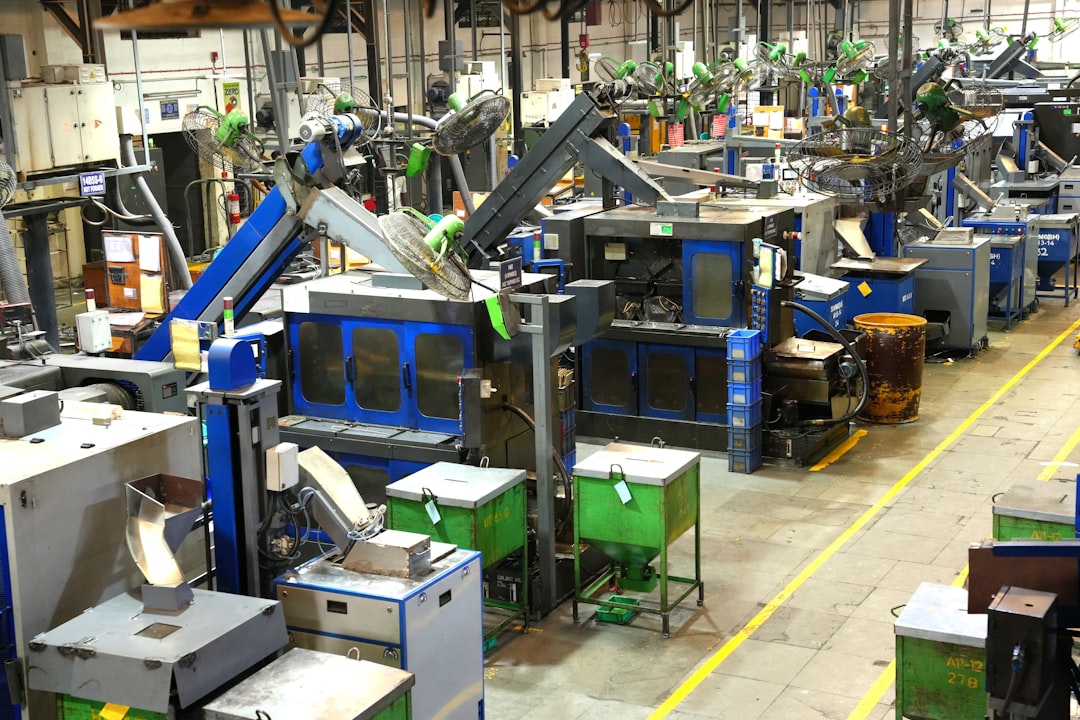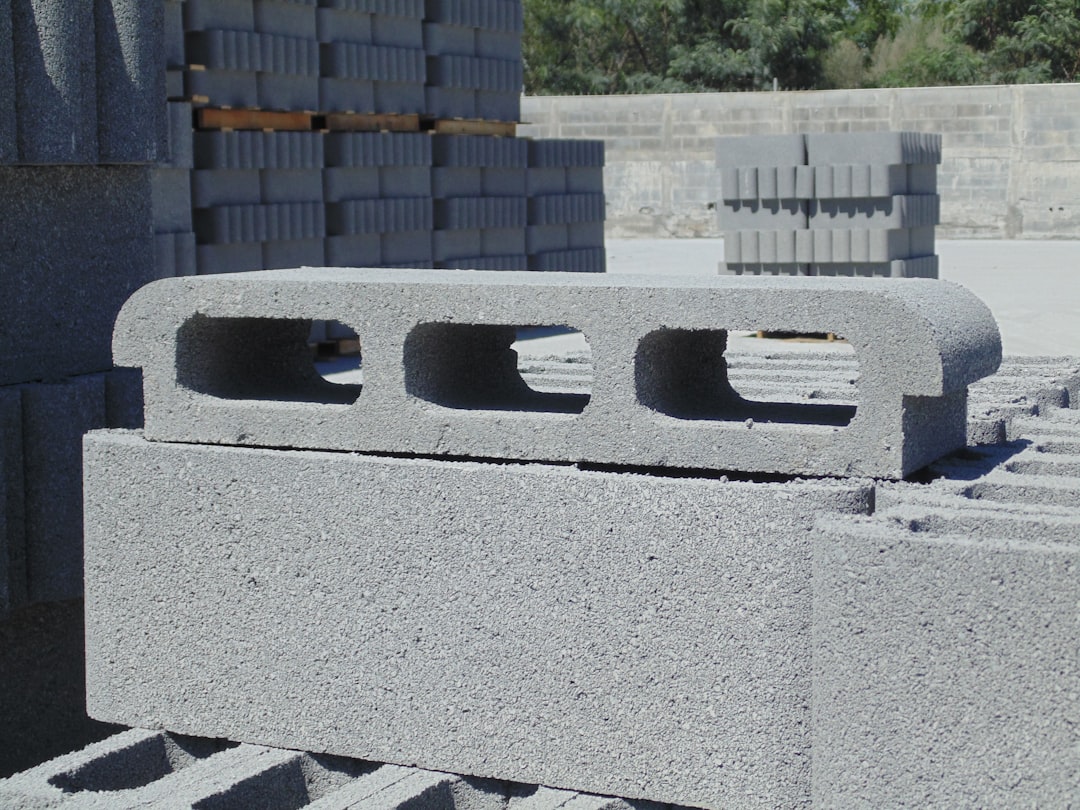The world of cheese is as rich and diverse as the cultures that create it. Among the many varieties available, Swiss cheese stands out, not just for its unique taste but also for its distinctive appearance. The characteristic holes or “eyes” in Swiss cheese have long captivated both cheese aficionados and food scientists. Yet, there’s another less discussed but equally fascinating feature of Swiss cheese: the frilly “flowers” or frills that form around these holes. Understanding how these frills are formed requires delving into the physics of cheese-making and the unique interplay of ingredients and environmental factors involved in creating this delicacy.
### The Basics of Cheese-Making
At its core, cheese-making is a combination of science, art, and tradition. It begins with milk, which is then treated with a bacterial culture and rennet to start the coagulation process. As the curds form and are cut, whey is released and drained. The curds are then pressed and aged to transform into cheese.
### The Formation of “Eyes” in Swiss Cheese
In Swiss cheese, one important step in this process is propionic fermentation. This is where certain bacteria, specifically Propionibacterium freudenreichii, consume lactic acid produced by other bacteria and release carbon dioxide (CO2) gas. This CO2 forms bubbles within the cheese, creating the characteristic holes or “eyes”. The size and distribution of these holes can vary depending on the technique and conditions of the fermentation process.
### Unveiling the Frilly Mystery
The frills, or “cheese flowers”, form around these holes. These delicate structures are a result of the interplay between the gas bubbles and the cheese’s solidifying proteins. As the CO2 bubbles expand, they encounter resistance from the surrounding cheese matrix. The texture, consistency, and elasticity of this matrix play a significant role in whether the cheese can accommodate these expanding pockets of gas.
The frilling effect occurs when the protein structure in the cheese is stretched and folded under the force of the expanding gas bubbles. This process is similar to how dough might stretch and form a crusty layer when baking bread, except in the slower, less visible context of a maturing cheese wheel. The precise moment and rate of fermentation, the temperature, and the cheese’s initial moisture content—all influence frill formation.
### Factors Influencing Cheese Frill Formation
Several factors determine the ultimate appearance of Swiss cheese and its frilled texture:
1. **Moisture Content:** The initial moisture level of the cheese affects how easily the curds can stretch and form frills. Higher moisture levels can lead to more pronounced frills.
2. **Temperature and Humidity:** These are crucial during the ripening process. Specific temperature ranges promote optimal gas production and expansion, which synergistically aids frill formation.
3. **Ripening Time:** Longer ripening allows more substantial gas development and more time for proteins to stretch.
4. **Bacterial Activity:** The activity levels of Propionibacterium and other bacteria involved can vary due to subtle changes in environmental factors, leading to differences in frill occurrence and pattern.
### Scientific and Culinary Significance
Understanding the frills in Swiss cheese is not merely an academic exercise; it has practical implications for cheesemakers aiming to perfect their craft. Identifying the balance of conditions that produce desired hole sizes and frills allows producers to more consistently achieve their signature textures and flavors, which are essential for competitive differentiation in the market.
For consumers, the presence of these frills can signal a well-crafted cheese that has undergone a thorough and meticulous fermentation process. The delicate textures around the “eyes” offer a distinct mouthfeel that adds to the overall eating experience, combining aesthetics with sensory richness.
In conclusion, while the “flowers” of Swiss cheese may appear to be a simple, decorative flourish, they represent the intricate dance of biology, chemistry, and physics underlying the art of cheese-making. As research continues, we can expect to uncover even more about the subtle complexities that make this cheese such a beloved delicacy worldwide.
IT Trend
The physics of frilly Swiss cheese “flower”















Leave a Reply